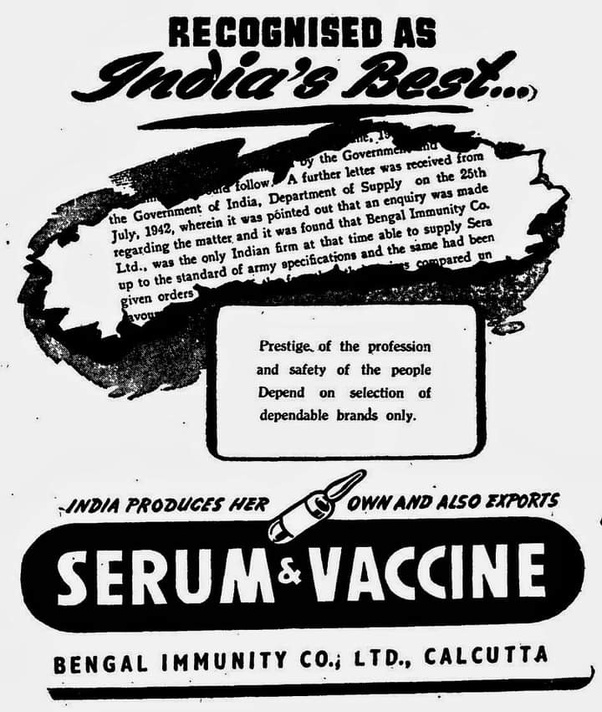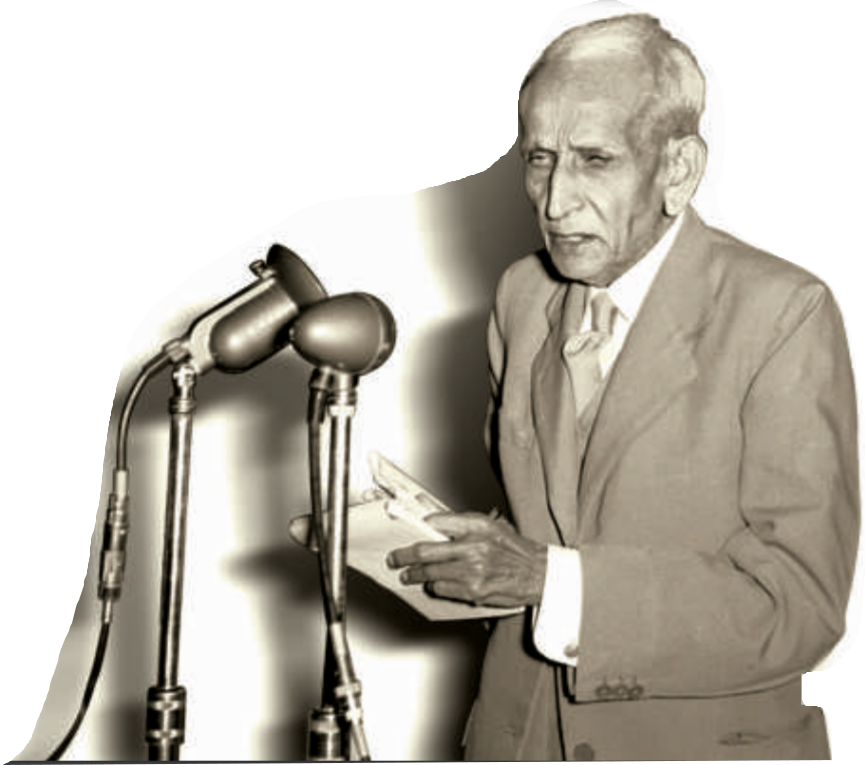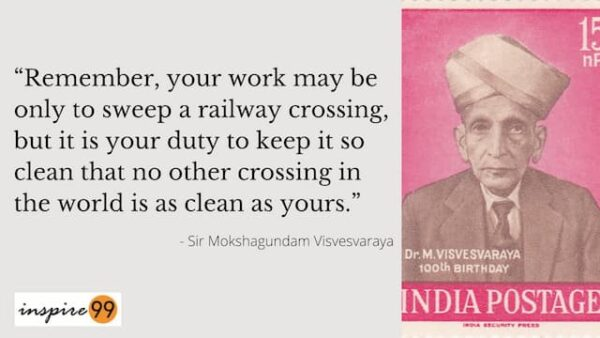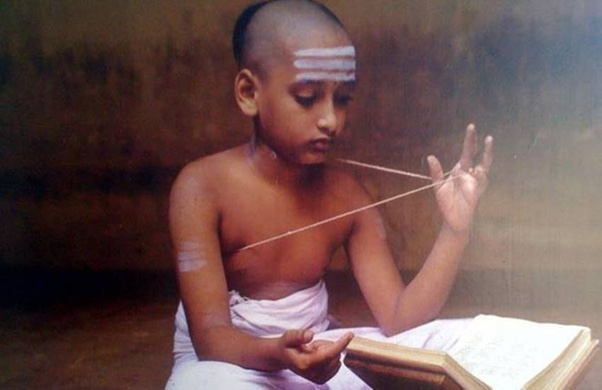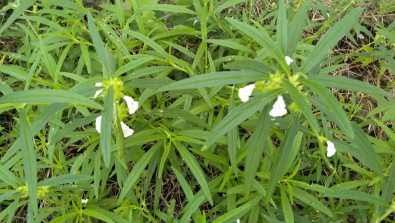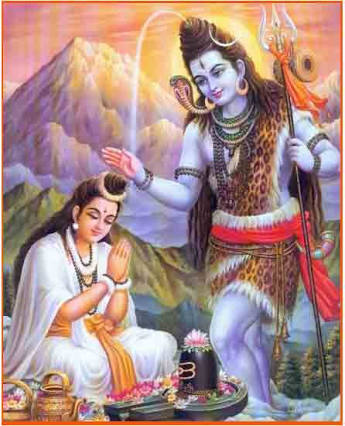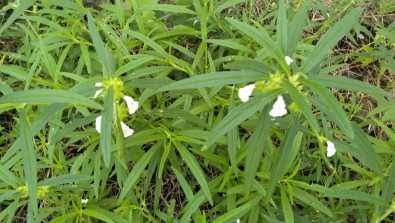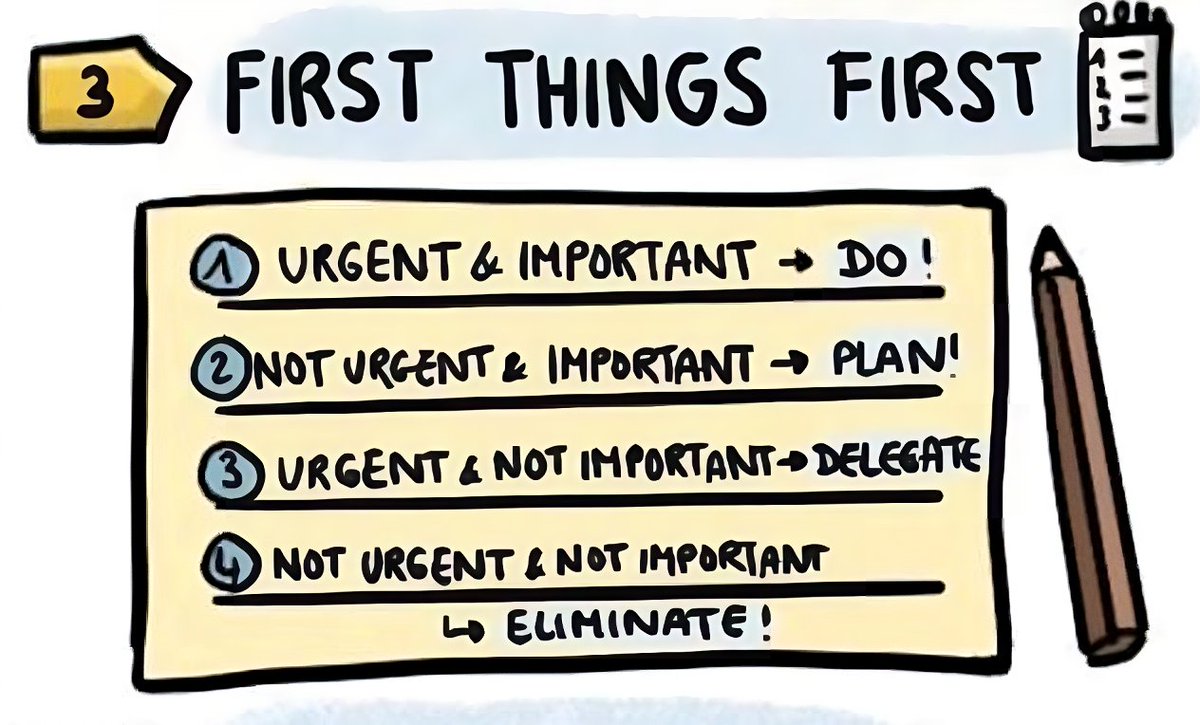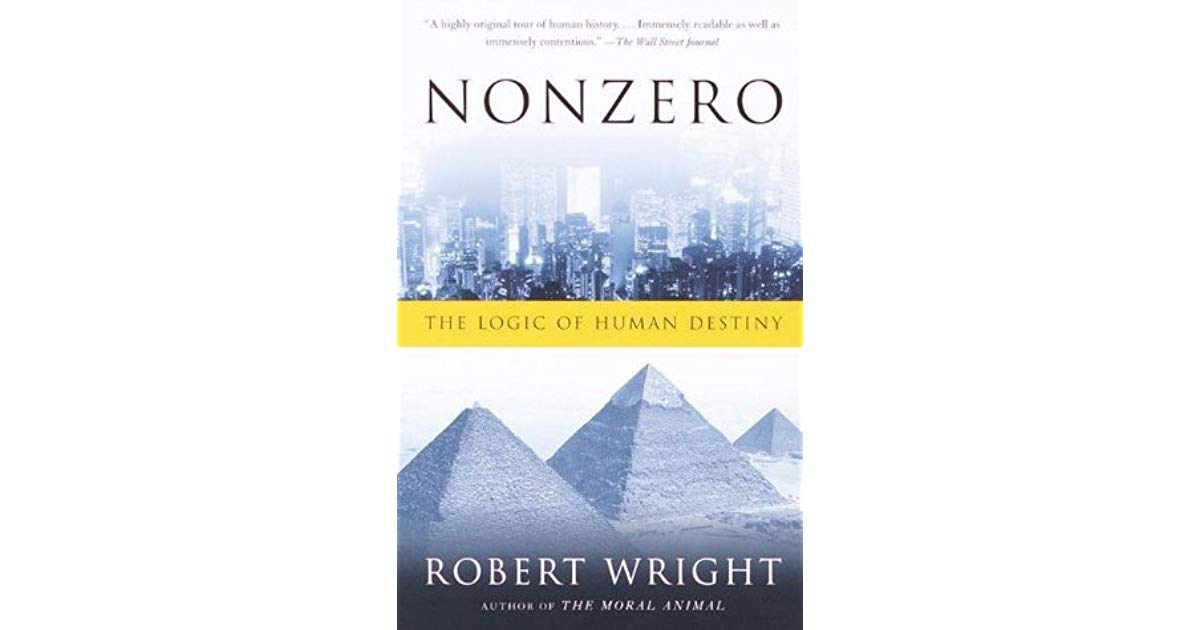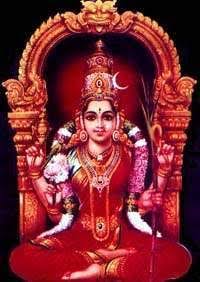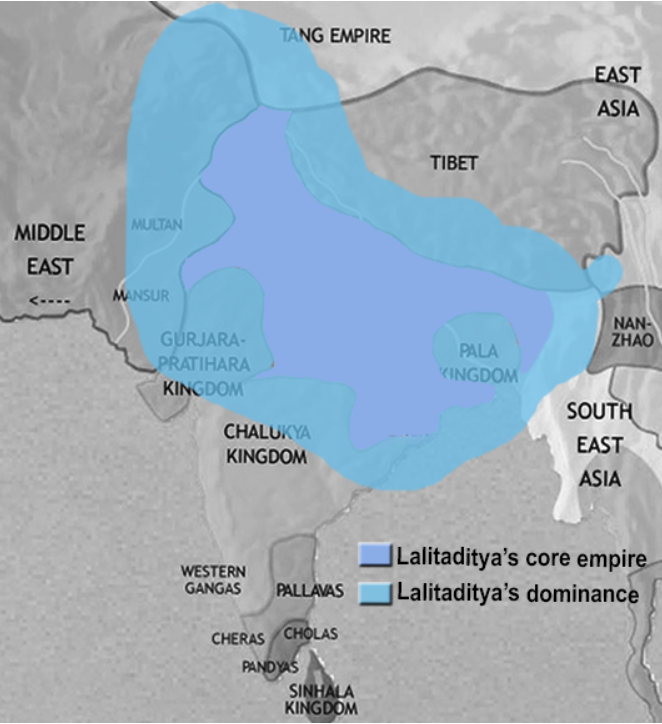
A KASHMIRI HINDU KING WHO BLASTED THE MYTH THAT INDIANS WERE NEVER ABLE TO CAPTURE ANY FOREIGN LANDS
Most of you have not heard of him !
Indian History is distorted to the level that we don’t know the ruler who had a empire bigger than Mughals though for a short period of time
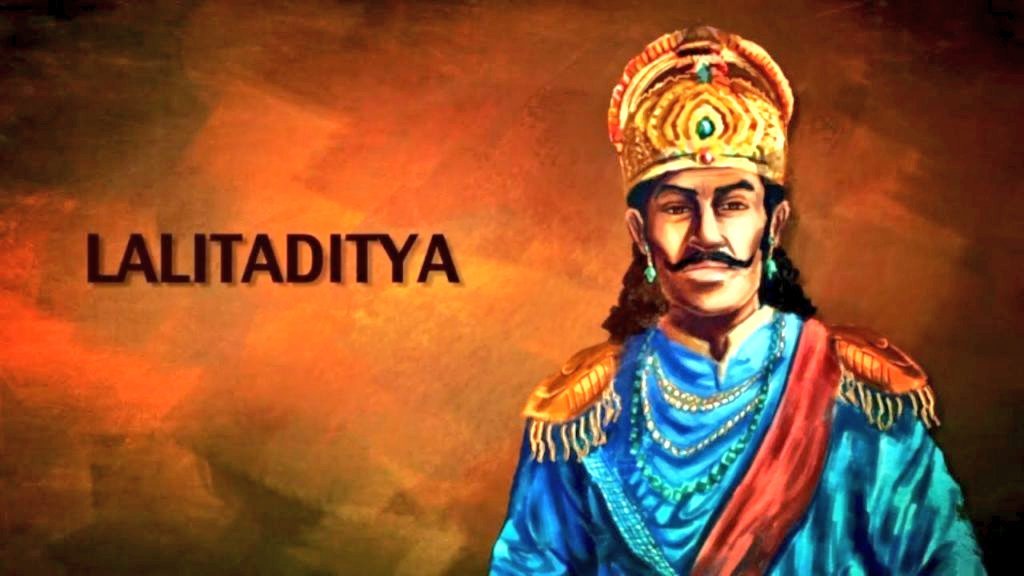

According to renowned historian, R. C. Majumdar’s ‘Ancient India’, Lalitaditya first faced Yashovarman, who was the successor of the famous ruler of the Pushyabhuti dynasty, Harshavardana.
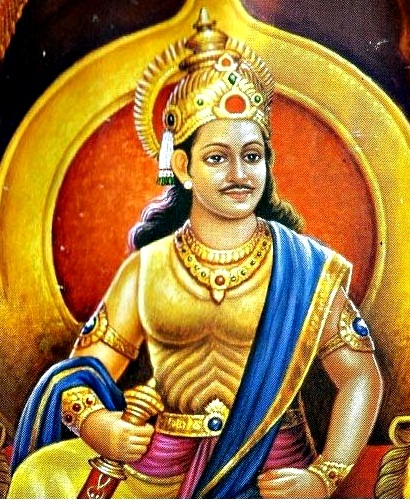
Junad was appointed as governor of Sindh in AD 730. After tranquillizing Sindh rebellion, he turned his attention towards other parts of India. His intention was to conquer the whole of India.
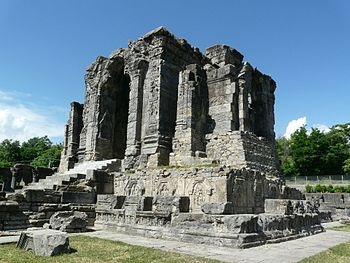
https://t.co/rxtoNcFfRP
https://t.co/VWplwurwOM
https://t.co/taxX2qUVTw
More from AKASH
More from All
https://t.co/6cRR2B3jBE
Viruses and other pathogens are often studied as stand-alone entities, despite that, in nature, they mostly live in multispecies associations called biofilms—both externally and within the host.
https://t.co/FBfXhUrH5d

Microorganisms in biofilms are enclosed by an extracellular matrix that confers protection and improves survival. Previous studies have shown that viruses can secondarily colonize preexisting biofilms, and viral biofilms have also been described.

...we raise the perspective that CoVs can persistently infect bats due to their association with biofilm structures. This phenomenon potentially provides an optimal environment for nonpathogenic & well-adapted viruses to interact with the host, as well as for viral recombination.

Biofilms can also enhance virion viability in extracellular environments, such as on fomites and in aquatic sediments, allowing viral persistence and dissemination.

Viruses and other pathogens are often studied as stand-alone entities, despite that, in nature, they mostly live in multispecies associations called biofilms—both externally and within the host.
https://t.co/FBfXhUrH5d

Microorganisms in biofilms are enclosed by an extracellular matrix that confers protection and improves survival. Previous studies have shown that viruses can secondarily colonize preexisting biofilms, and viral biofilms have also been described.

...we raise the perspective that CoVs can persistently infect bats due to their association with biofilm structures. This phenomenon potentially provides an optimal environment for nonpathogenic & well-adapted viruses to interact with the host, as well as for viral recombination.

Biofilms can also enhance virion viability in extracellular environments, such as on fomites and in aquatic sediments, allowing viral persistence and dissemination.




